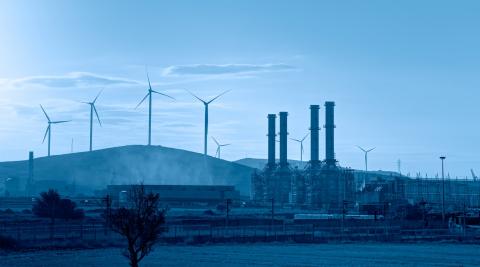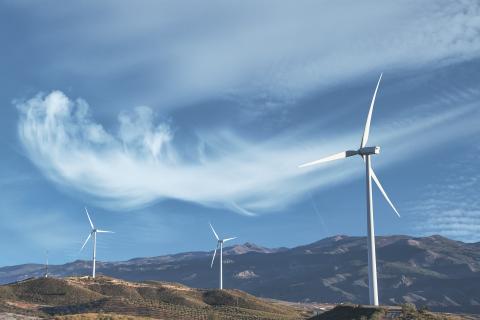Reaction: Europe's dangerous sea level rise is becoming more frequent and attributable to climate change
Storm surges, one-off events associated with storms that can cause flooding, are rare and highly destructive phenomena. A paper published this week in Nature finds that they have increased since 1960, comparable to the increase in average sea level rise over the same period.
The authors, led by Spaniard Francisco Calafat of the National Oceanography Centre in Liverpool, UK, statistically analyse observations of extreme tides from 79 tide gauges on European coasts over the period 1960-2018, and compare them with climate models.
Their results point to an increase in extreme sea levels in the future, something the authors say has implications for coastal planning. So far, the most widely accepted hypothesis is that the frequency of such extreme storm surges would not increase.

High sea level floods have a high destructive power. In the picture, Camogli (Italy). / Adobe Stock.
Marta Marcos - Reacción sobre aumento de niveles extremos de mar - EN
Marta Marcos
Professor of Physics of the Earth in the Department of Physics at the UIB and researcher at IMEDEA
Sea level extremes occur as a response of the ocean to atmospheric disturbances (e.g. storms or cyclones). The pressure and wind variations associated with these atmospheric phenomena produce a temporary rise in sea level (over several hours or days) over coastal areas that can have potentially dangerous consequences for both infrastructure and the population. In fact, the occurrence of these sea level extremes is one of the natural phenomena with the greatest destructive potential. It is therefore logical to ask how they have changed in the past and whether they will change in the future. The possibility of more frequent or more intense extremes must be taken into account when planning coastal protection.
It should be borne in mind that these storm surges, which are generated by atmospheric disturbances, arrive at the coast above a certain sea level. This average sea level has been rising as a result of climate change. What we knew before this article is that sea level extremes have been changing to a large extent because the mean sea level over which they reach the coast has been rising. For an observer on the coast they are higher. But we also knew that sea level extremes have been changing independently, not associated with mean sea level. Previous analyses show that these changes exist, but that they are difficult to quantify because extremes are rare phenomena, by their very definition, and observations are limited. Moreover, we did not know whether these variations are of natural origin or have their roots in climate change.
It is this latter question that Calafat's paper answers. First, he uses a new methodology that is able to exploit observations in an optimal way, using properties of observations that are close to each other. Second, it has been able to separate the contribution of natural climate variability from a trend associated with human-induced warming over the last 6 decades. The methodology is novel and has never before been applied to this type of observations. The conclusions are robust, relevant and of clear practical application because they basically show that climate change is producing increasingly intense sea level extremes along European coasts and this is something to be taken into account when managing coastal protection.
Marta Marcos has collaborated in other works with the authors of this article.
- Research article
- Peer reviewed



